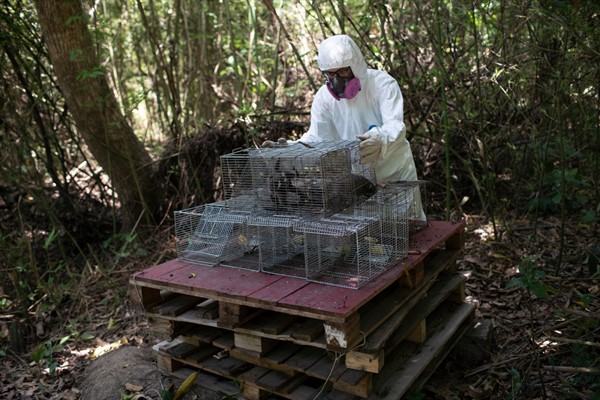The coronavirus pandemic has highlighted humanity’s growing vulnerability to emerging infectious diseases and underscored the need to reduce our collective exposure to these pathogens. Not surprisingly, then, the past year has seen a torrent of reports on pandemic preparedness, including one I co-authored for the Council on Foreign Relations. Most of these focus on controlling outbreaks after they start, rather than averting them in the first place. Moving from reaction to prevention requires identifying and mitigating the main drivers of new infectious diseases. These drivers are almost entirely anthropogenic and are the same forces responsible for precipitous declines in global biodiversity. The path to global health security, in other words, begins with protecting nature.
We have entered a new era of infectious disease. In the past several decades, more than 400 new pathogens have emerged in humans. About 75 percent of these are zoonoses, or diseases that originated in wild animals before jumping to people, often through an intermediate host. SARS-CoV-2, the virus that causes COVID-19 and which originated in bats, is only the latest example, following on the heels of HIV/AIDS, Ebola, SARS, Nipah, West Nile, Zika, MERS, H5N1, H1N1 and many others. Economists estimate the average annual global cost of emerging zoonotic disease at more than $1 trillion, with periodic severe pandemics like COVID-19—for which projections of lost economic growth through 2025 go as high as $28 trillion—capable of inflicting much more damage.
It is tempting to treat pandemics as acts of God, but they are human-made, a function of our unsustainable exploitation of nature, which exposes us to new pathogens, and of our transportation networks, which help these new pathogens spread around the world. Three of the most important factors behind the rise in zoonoses are: changing land-use patterns, as human populations encroach upon, disturb, fragment and degrade habitats and come into closer contact with once-isolated species; relentless expansion and intensification of agriculture and animal husbandry, as biodiverse ecosystems give way to artificial monocultures and domesticated species become reservoirs for circulating zoonoses; and the burgeoning global wildlife trade, both legal and illegal, which affords viruses multiple opportunities to jump from exotic species to humans.

